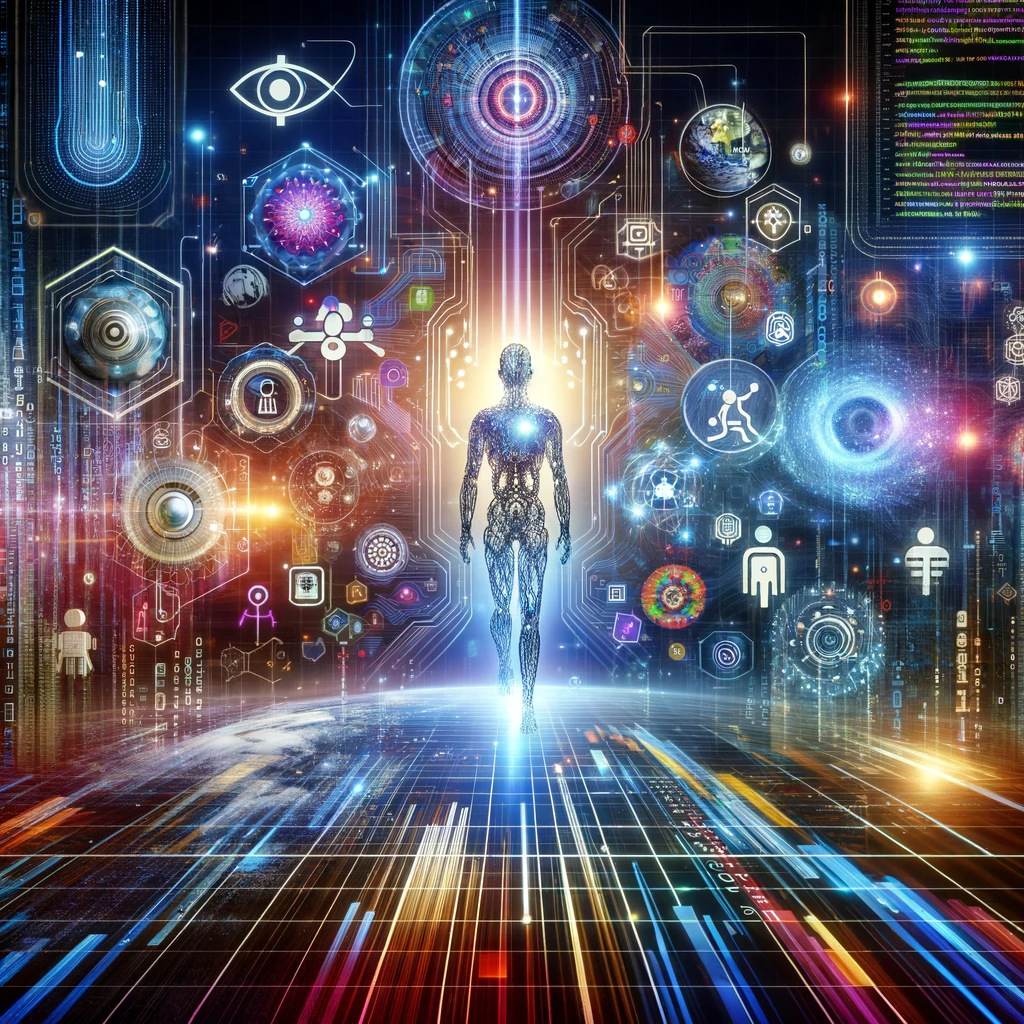Introduction
In the digital era, visual content reigns supreme. From marketing campaigns to personal projects, the need for images that resonate with specific audiences has never been more critical. This necessity has given rise to a new frontier in image creation: personalizing visual content through Artificial Intelligence (AI). AI-driven image personalization is not just revolutionizing the way we produce visual content; it’s redefining how we connect with our audiences on a more individualized level.
The Advent of AI in Visual Content Creation
The integration of AI in visual content creation marks a significant departure from traditional methods. Earlier, graphic designers and photographers were the primary sources of visual content. While their creative inputs are invaluable, the process can be time-consuming and resource-intensive. AI steps in as a game-changer, offering efficient, scalable, and highly personalized image creation capabilities.
Understanding AI Image Generation
AI image generation tools work by analyzing vast datasets of images and learning patterns, styles, and compositions. These tools, powered by neural networks and machine learning algorithms, can generate images based on textual descriptions, adapt styles, and even merge different visual elements seamlessly. This technology doesn’t replace human creativity but augments it, allowing for the creation of visuals that might be beyond the scope of human skill or time constraints.
The Power of Personalization
Personalization is at the heart of modern marketing and communication strategies. Consumers today expect content that speaks directly to them. With AI, personalizing visual content becomes not just possible, but also efficient. For instance, an AI can generate images that resonate with different cultural backgrounds, age groups, or personal preferences, ensuring that the visual content is more engaging and relatable.
Applications in Various Industries
- Marketing and Advertising: In marketing, personalized images can lead to higher engagement rates. AI can create advertisements tailored to individual preferences or regional tastes, significantly enhancing the effectiveness of marketing campaigns.
- E-Commerce: Online retailers can use AI to showcase products in different settings, appealing to a diverse customer base. For instance, a furniture store can display the same product in various home environments, tailored to different aesthetic tastes.
- Education and Training: Educational materials can be customized with images that reflect the diversity of the classroom or the specific interests of learners, making learning more inclusive and effective.
- Healthcare: In healthcare, personalized visual content can aid in patient education, illustrating medical concepts in a way that is more relatable to individual patients.
Ethical Considerations and Best Practices
While the benefits of AI in personalizing visual content are immense, it’s essential to approach this technology ethically and responsibly. Issues such as data privacy, consent, and the potential for creating misleading or harmful content must be addressed. Best practices include using ethically sourced data, ensuring transparency in AI-generated content, and maintaining a balance between AI and human oversight.
The Future of AI in Visual Content Personalization
The future of AI in visual content personalization is bright and full of potential. We can expect more sophisticated AI tools that offer even greater levels of personalization, with enhanced capabilities to understand and interpret complex user requirements. As these tools become more accessible and user-friendly, the democratization of personalized visual content creation will be a reality.
Conclusion
AI-driven personalization of visual content represents a significant leap forward in how we create and interact with images. By harnessing the power of AI, we can produce visuals that are not only aesthetically pleasing but also deeply relevant and personal to individual viewers. As we continue to explore the capabilities of AI in this field, we open up a world of possibilities for more meaningful and effective visual communication.
